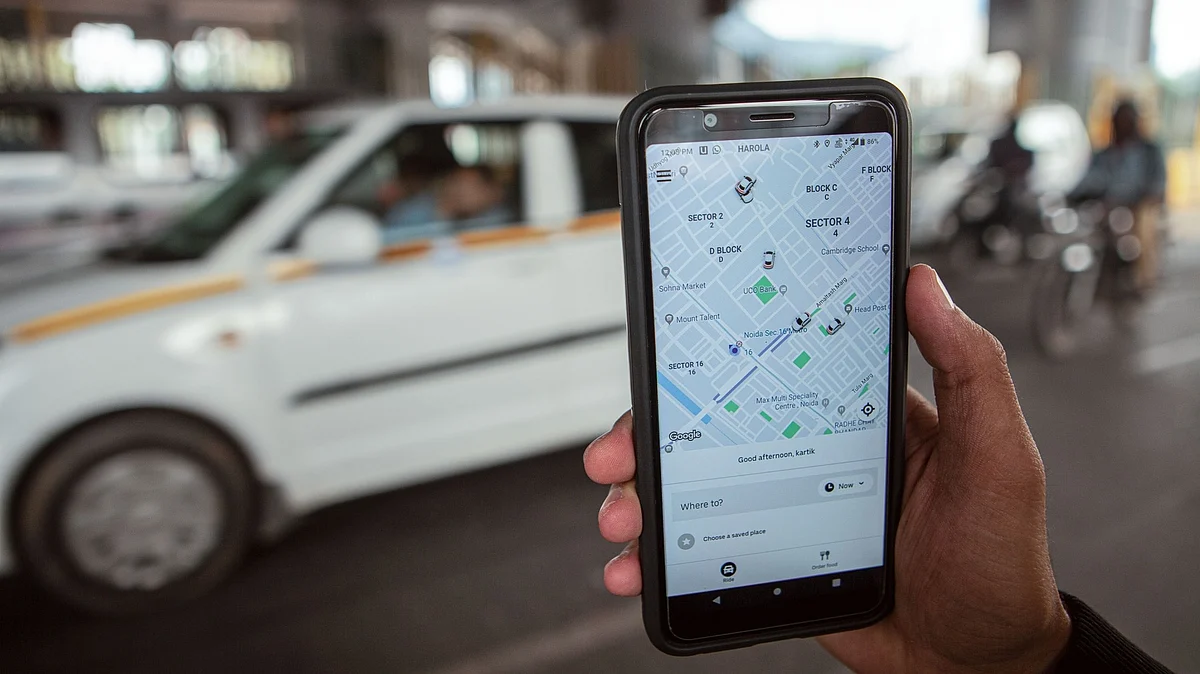Cab fares to rise as new aggregator guidelines allow 2x dynamic pricing; drivers get 80% share
The revised Motor Vehicle Aggregator Guidelines 2025 allow cab companies to charge up to double the base fare during peak hours, increasing ride costs. Drivers will earn 80% of the fare, promoting equitable earnings.

Your cab rides are going to get more expensive, especially during peak hours, following the revised Motor Vehicle Aggregator Guidelines (MVAG) 2025 issued by the Ministry of Road Transport and Highways. These guidelines have allowed ride-hailing companies like Uber, Ola, and Rapido to charge twice the base fare, also known as dynamic pricing, for availing their services.
The revised guidelines state that "the aggregator shall be permitted to charge a minimum of 50% lower than the base fare and a maximum dynamic pricing of two times the base fare specified..." Earlier, these companies could charge up to a maximum of 1.5 times the base fare, especially during peak hours.
Welcoming the move, an Uber spokesperson said the release of the Motor Vehicle Aggregator Guidelines (MVAG) 2025 is a forward-looking step toward fostering innovation and regulatory clarity in India’s digital mobility sector. "Timely adoption by states will be key to ensuring uniform implementation and building much-needed predictability for all stakeholders. We commend the Ministry for its consultative and balanced approach, and remain committed to working closely with governments at all levels to support effective and inclusive rollout of the framework.”
Other key highlights on the regulation of fare:
The driver onboarded along with the motor vehicle with the aggregator will receive at least 80% of the fare applicable, including all costs under the driver’s fare, and the remaining charges may be retained as the 'apportioned fare' by the aggregator. The payment can be settled daily, weekly, or fortnightly, but not later.
With respect to motor vehicles owned by the aggregator, the onboarded driver will receive at least 60% of the fare applicable, including all costs specified in the driver fare, and the remaining charges will be retained as the apportioned fare.
In states where the fare has not been determined by the state government, the base fare may be notified to the state government by the aggregator for fare regulation and will be followed till the state determines the fare. Similarly, fixation for other classes of vehicles permitted for aggregation in the state will be done by the state only.
Recommended Stories
No passenger will be charged for "dead mileage" except when the distance for availing the ride is less than three kilometres, and the fare will be charged only from the point of origin of the journey to the point of destination where the passenger is dropped off.
On cancellation of a booking by a driver after accepting a journey on the app, a penalty of 10% of the fare, not exceeding ₹100, will be imposed where such cancellation is made without a reason identified as valid by the aggregator.
On cancellation of a booking by a passenger after booking a journey on the App, a fee of 10% of the fare, not exceeding ₹100, will be collected when such cancellation is made without a valid reason.
The state governments will have to direct aggregators to incrementally, on an annual basis, increase the percentage of electric, alternative fuel, or zero-emission vehicles in their fleet.
The state governments will determine an adequate number of Divyangjan-friendly motor vehicles required in the state and direct aggregators to proportionately include such vehicles within their fleet.
On conversion to an EV fleet, the revised guidelines say the aggregator will mandatorily have to adhere to the targets fixed for the inclusion of electric vehicles in their fleet. The targets will be fixed by an appropriate government organisation responsible for regulating air quality or by the state.